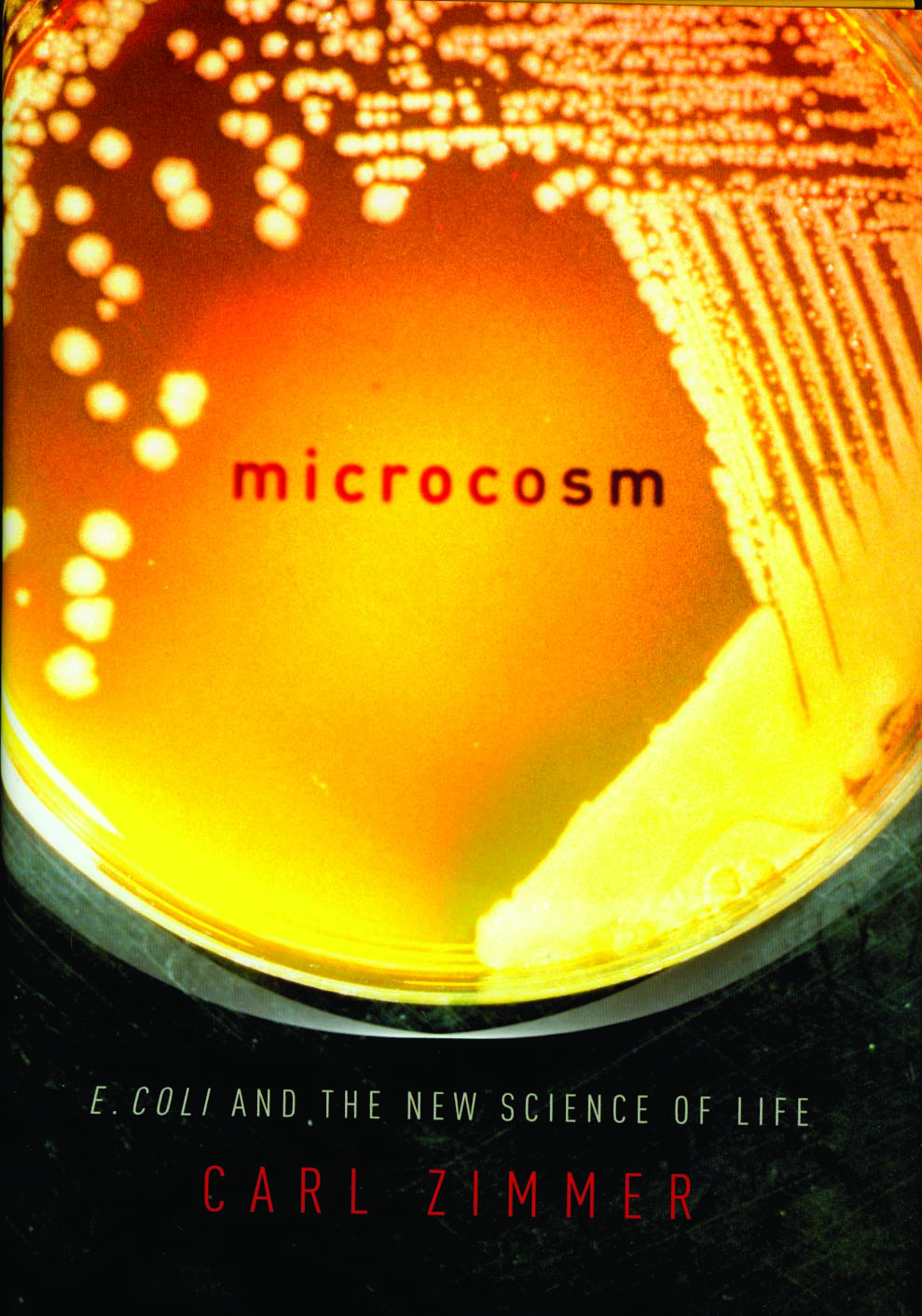BOOK REVIEW | Microcosm: E. coli and the New Science of Life
Review by Elizabeth Quill
- More than 2 years ago
When science writer Carl Zimmer looks into a petri dish teeming with E. coli, he sees himself, humanity and all life. In Microcosm, Zimmer traces the lessons biologists have learned from the microbe, which calls our guts its home. He also uses it to discuss some of the most fundamental questions in biology: What is life? How does it persist? Why must it end?

“I look at life through a lens made of E. coli,” Zimmer writes, and many biologists are doing the same. E. coli was the species scientists first used to decipher the genetic code, and later to understand how genes switch on and off. It has also been a model for studying how creatures sense and swim, cooperate, wage war and allocate resources.
The reader could tire of the metaphor of E. coli as looking glass, but Zimmer writes simply and with enthusiasm. He describes the experiments that moved the field forward, but at the same time gives context for the findings. He pounds his point home so he can pull the picture together in the last few chapters. The biography of a bacterium morphs into a discussion on the meaning of life.
E. coli ushered in molecular biology and then synthetic biology. If scientists can genetically engineer E. coli, why not any animal, Zimmer asks. Although this idea makes some people squirm, he argues that natural hybridization has already inserted foreign DNA into our cells. And mitochondria, after all, began as oxygen-breathing bacteria. The point: There is no essence that defines a species. Instead, there is “a complex cloud of genes, traits, environmental influences and cultural forces,” Zimmer writes. E. coli continues to help us understand how these factors interact.
Pantheon Books, 2008, 243 p., $25.95.







